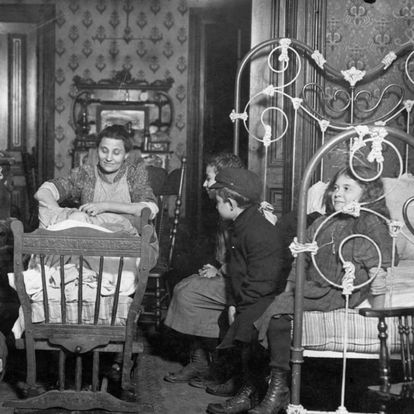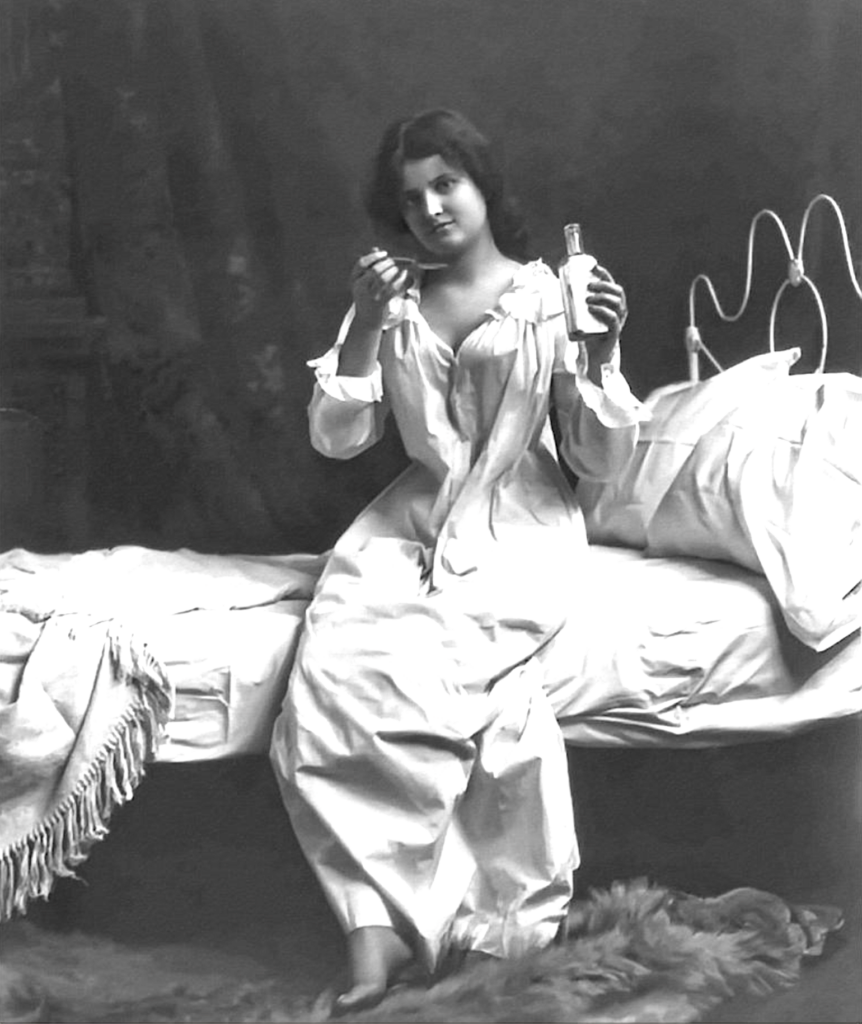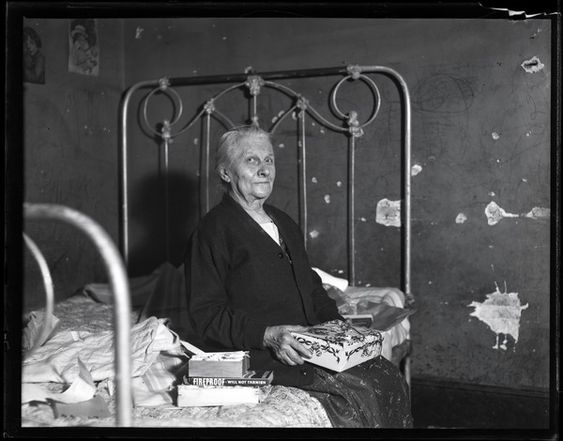Vintage iron bed frames, often referred to as antique wrought iron beds, have transcended time and trends to become timeless pieces of furniture. These beds, with their intricate designs and durable construction, have maintained their popularity throughout history. In this blog, we’ll delve into the fascinating journey of antique iron beds, exploring their evolution, cultural significance, and enduring charm.

To truly understand the popularity of vintage iron bed frames, it’s essential to explore their origins. Wrought iron, known for its malleability and strength, has been utilized in furniture design since ancient times. The craftsmanship involved in creating these beds, with artisans meticulously forging and shaping iron, contributed to their initial appeal.
Victorian Era: A Flourish of Ornate Elegance
The Victorian era saw a surge in the popularity of intricate and ornate designs in furniture, and vintage iron beds were no exception. Bed frames during this period were often adorned with elaborate patterns and scrollwork, reflecting the opulence of the time. The durability of iron made these beds a symbol of prestige, and they became sought-after possessions among the upper class.

Early 20th Century: Practicality and Simplicity
As the 20th century dawned, there was a shift in design aesthetics. The elaborate details of Victorian-era iron beds gave way to simpler, more streamlined designs. This change was partly influenced by the Arts and Crafts movement, which embraced craftsmanship and simplicity. Vintage iron beds adapted to the evolving tastes, maintaining their popularity by combining durability with a more understated elegance.
Mid-Century Modern: Functionality Meets Style
The mid-20th century brought about the rise of the Mid-Century Modern movement, characterized by clean lines and functionality. Vintage iron bed frames, with their ability to complement a variety of design styles, seamlessly transitioned into this era. The durability of iron remained a key selling point, and the beds’ adaptability to different design trends ensured their continued presence in homes across the globe.
Revival in the 21st Century: Nostalgia and Sustainability
In recent years, there has been a notable resurgence in the popularity of vintage iron bed frames. This revival can be attributed to a combination of nostalgia for the craftsmanship of the past and a growing interest in sustainable and durable furniture. Homeowners and interior designers alike appreciate the longevity of antique iron beds, often passed down through generations, adding a touch of history to contemporary living spaces.

Cultural Significance: Vintage Iron Beds in Literature and Film
Beyond their physical presence in homes, vintage iron beds have found a place in literature and film. Countless novels and movies feature scenes set in bedrooms adorned with these timeless pieces of furniture. Their cultural significance extends beyond functionality, as they become symbols of romance, nostalgia, and enduring love.
The Allure of Vintage Iron Beds in Contemporary Design
In the age of mass production, vintage iron beds stand out as unique and enduring pieces. The allure lies in the handcrafted details, the sturdiness of wrought iron, and the ability of these beds to effortlessly blend with various design styles. Whether in a modern loft or a cozy cottage, antique iron beds continue to captivate homeowners with their versatility and charm.
Vintage iron bed frames, synonymous with craftsmanship and durability, have stood the test of time. From the opulence of the Victorian era to the simplicity of Mid-Century Modern design, these beds have adapted to changing tastes while retaining their timeless appeal. In the 21st century, their resurgence speaks to a desire for sustainable, enduring furniture that carries a sense of history. As we continue to appreciate the beauty of antique wrought iron beds, it’s clear that their popularity is not just a trend but a testament to the enduring charm of these timeless pieces.







